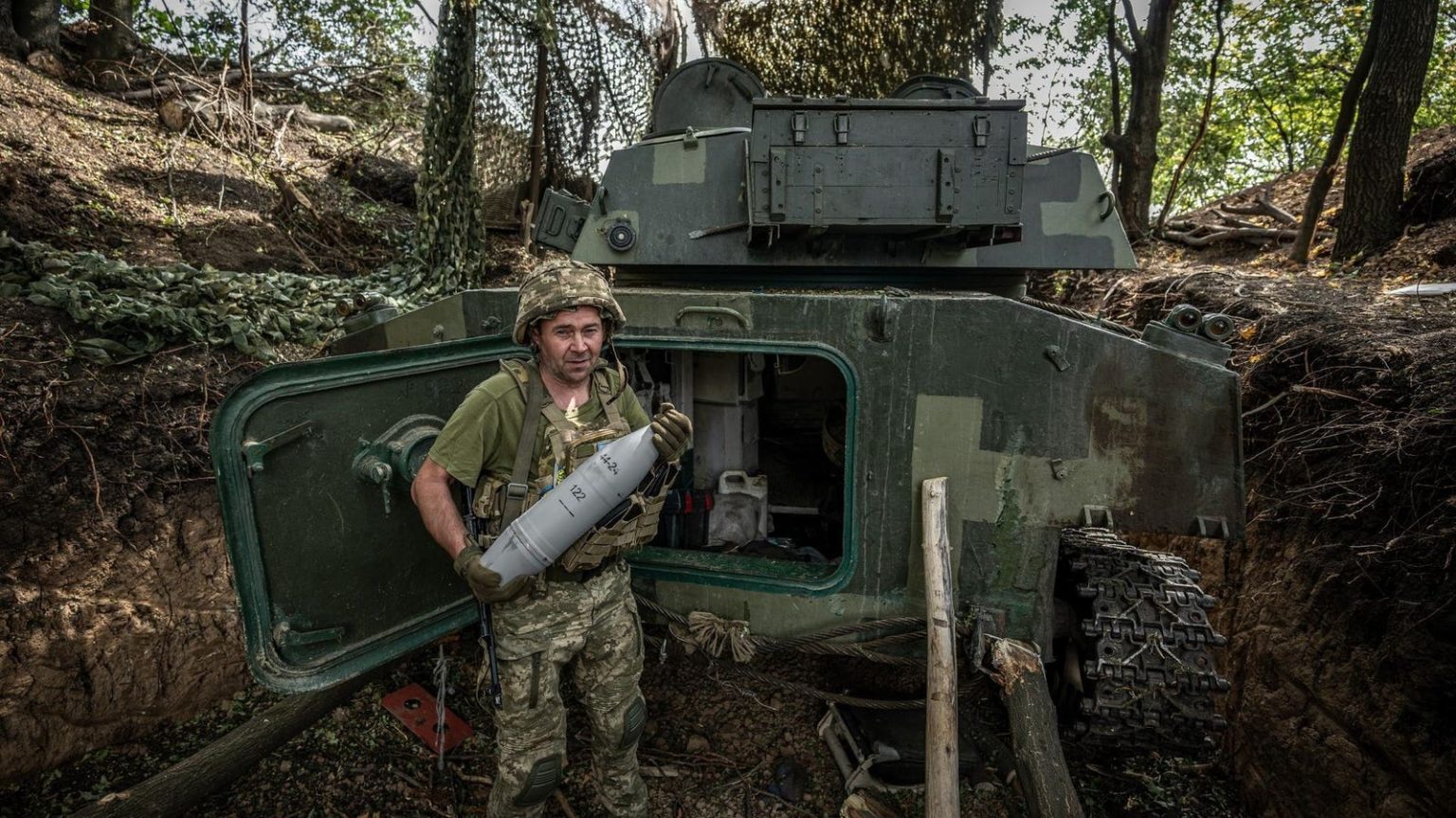As the Russian 2nd Combined Arms Army and adjacent units ground toward the Ukrainian stronghold of Pokrovsk in late August, some Russian observers cautioned against overconfidence on the part of the Russians.
Yes, the 2nd CAA—dozens of regiments and brigades strong—outnumbers the Ukrainian force around Pokrovsk, the Tavriya operational strategic group, around four to one. Yes, the Ukrainians have been steadily retreating along the Pokrovsk axis since at least mid-February, when the Russians breached the defenses of the fortress city of Avdiivka on the axis’ eastern end.
But despite assigning a dozen battalions from eight or so brigades to their surprise invasion of Russia’s Kursk’s Oblast, the Ukrainians seemed to have kept four or five brigades—each with up to 2,000 troops and hundreds of vehicles—in reserve. Russian propagandist Evgeny Norin described these units as “reasonably intact and well-equipped.”
Now some of those reserves are finally joining the fight along the last line of trenches and fortified towns five or six miles outside Pokrovsk and its vital supply lines. “What is happening is exactly what was predicted—the Ukrainian armed forces have begun counterattacking,” one Russian blogger reported. And that’s helping stabilize the front line—at least for now.
This has surprised some Ukrainian observers who blamed a lack of fortifications, rather than a lack of troops, for the Tavriya operational strategic group’s monthslong retreat east of Pokrovsk. “Not so long ago, there was public discourse suggesting that the deployment of additional brigades to the Pokrovsk direction wouldn’t make much difference,” Ukrainian analysis group Frontelligence Insight noted. “Yet, here we are, seeing that it does make a difference.”
Don’t expect immediate dramatic changes around Pokrovsk. For now, the Ukrainian reinforcements—at a minimum, the national guard’s Kara-Dag Brigade and the army’s 12th Azov Brigade and 93rd Mechanized Brigade—are conducting small-scale counterattacks, the main effect of which has been to slow or slightly roll back Russian gains.
But the Russians can’t afford to lose momentum. Every day they fail to advance is a day the Ukrainians can dig in and reinforce their positions around Pokrovsk ahead of the coming winter. That has implications for the whole wider war in Ukraine. “The upcoming battle for Pokrovsk will be the climax of the enemy’s offensive operation in the southwestern theater of operations in 2024,” the Ukrainian Center for Defense Strategies predicted.
The Kara-Dag Brigade’s fierce actions in Selydove, a front-line town southeast of Pokrovsk, might be the most significant of the recent counterattacks. For days now, the brigade’s T-64 tanks have been blowing up and capturing Russian tanks and fighting vehicles trying to infiltrate Selydove along the main east-west road into town.
The high terrain in and around Pokrovsk has the effect of channeling attacking forces into the city’s lower southern approaches. That also channels them into Selydove, whose peak elevation is around 100 feet below the highest ground in Pokrovsk.
It’s fair to say the Russians must get through Selydove in order to have a clear shot at Pokrovsk. “Without securing the Selydove area, the enemy cannot sustain their offensive,” CDS explained.
But now that fresh and well-equipped Ukrainian troops are in Selydove, and attacking, the Russian conquest of Pokrovsk—once seemingly inevitable—is looking a little less likely.
Sources:
1. Evgeny Norin: https://x.com/wartranslated/status/1829073131744456873
2. Frontelligence Insight: https://x.com/Tatarigami_UA/status/1832073974072639798
3. John Hardie: https://x.com/JohnH105/status/1831308621029781604
4. Center for Defense Strategies: https://cdsdailybrief.substack.com/p/russias-war-on-ukraine-060924
5. WarTranslated: https://x.com/wartranslated/status/1832015263023165819
Read the full article here





